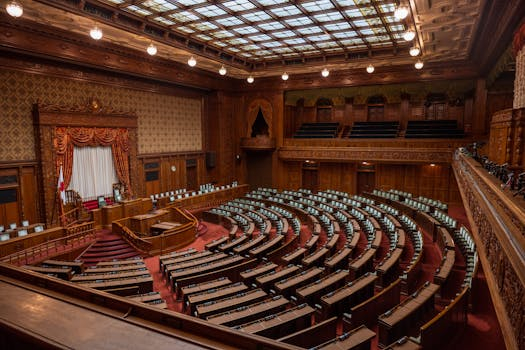Government Incentives for EV Buyers in 2025
In recent years, the push for greener and more sustainable forms of transportation has led to a surge in the popularity of electric vehicles (EVs). Not only are EVs better for the environment, but they also offer drivers a host of benefits, including lower fuel costs and reduced maintenance expenses. With the global landscape shifting towards cleaner energy solutions, governments around the world are implementing various incentives to encourage consumers to make the switch to EVs. In this article, we will take a deeper look at the potential government incentives that may be available for EV buyers in 2025, and how they can benefit both individuals and society as a whole.
The Rise of Electric Vehicles
The growth of the EV market has been unprecedented in recent years, with global sales reaching over 2.1 million in 2019, a sharp increase from just 450,000 in 2015. This trend is expected to continue, with experts predicting that EVs will make up 58% of new car sales by the year 2040. One of the main drivers of this surge in demand is the increasing concern for the environment and the need to reduce carbon emissions. With traditional gasoline-powered cars being a major contributor to air pollution and climate change, the market for EVs is only expected to grow in the coming years.
Government Incentives for EV Buyers
Tax Credits and Rebates
One of the most common forms of government incentives for EV buyers is tax credits and rebates. These financial incentives work by reducing the overall cost of purchasing an EV for consumers. In the United States, for example, the federal government offers a tax credit of up to $7,500 for EV buyers. This credit is based on the battery capacity of the EV, with the full amount only being available for vehicles with 16 kWh or more of battery capacity. Other countries, such as Canada, also offer generous tax credits for EV buyers, with incentives of up to $5,000 available in some provinces.
Zero-Emission Vehicle (ZEV) Mandates
In addition to tax credits and rebates, some governments have implemented Zero-Emission Vehicle (ZEV) mandates as a way to encourage the use of EVs. This policy requires automakers to produce a certain percentage of zero-emission vehicles in their fleet, or else face penalties and fines. As a result, manufacturers are motivated to increase the production of EVs, making them more widely available and affordable for consumers. California, for example, has set a target of having 5 million zero-emission vehicles on its roads by 2030, with over two dozen other states following suit with similar targets.
Infrastructure Incentives
One of the main concerns for EV buyers is access to charging infrastructure. To address this issue, some governments are offering incentives to encourage the installation of charging stations. In the United Kingdom, the government offers a grant of up to £350 (approx. $447 USD) to cover the installation costs of home charging stations. This not only incentivizes individuals to purchase an EV, but it also helps to build a more robust charging network, making it easier for EV owners to recharge their vehicles on the go.
The Impact of Government Incentives
So, how effective are these government incentives in encouraging the adoption of EVs? The results speak for themselves. In Norway, the government has implemented a comprehensive package of incentives for EVs, including tax exemptions, free parking and ferries, and access to bus lanes. As a result, Norway has the highest EV adoption rate in the world, with EVs accounting for over 60% of the country’s new car sales in 2019. These incentives have not only been beneficial for the environment but have also had a positive impact on the economy, with Norway becoming a leader in EV technology and manufacturing.
In Conclusion
With the global shift towards cleaner energy solutions, governments are playing a pivotal role in driving the adoption of EVs through various incentives and policies. Whether it’s through tax credits, ZEV mandates, or infrastructure incentives, these government initiatives are making EVs more accessible and affordable for consumers, helping to create a greener and more sustainable future for all. As we look ahead to 2025, the potential for government incentives for EV buyers is only expected to grow, making it an opportune time for individuals to make the switch to an electric future.







